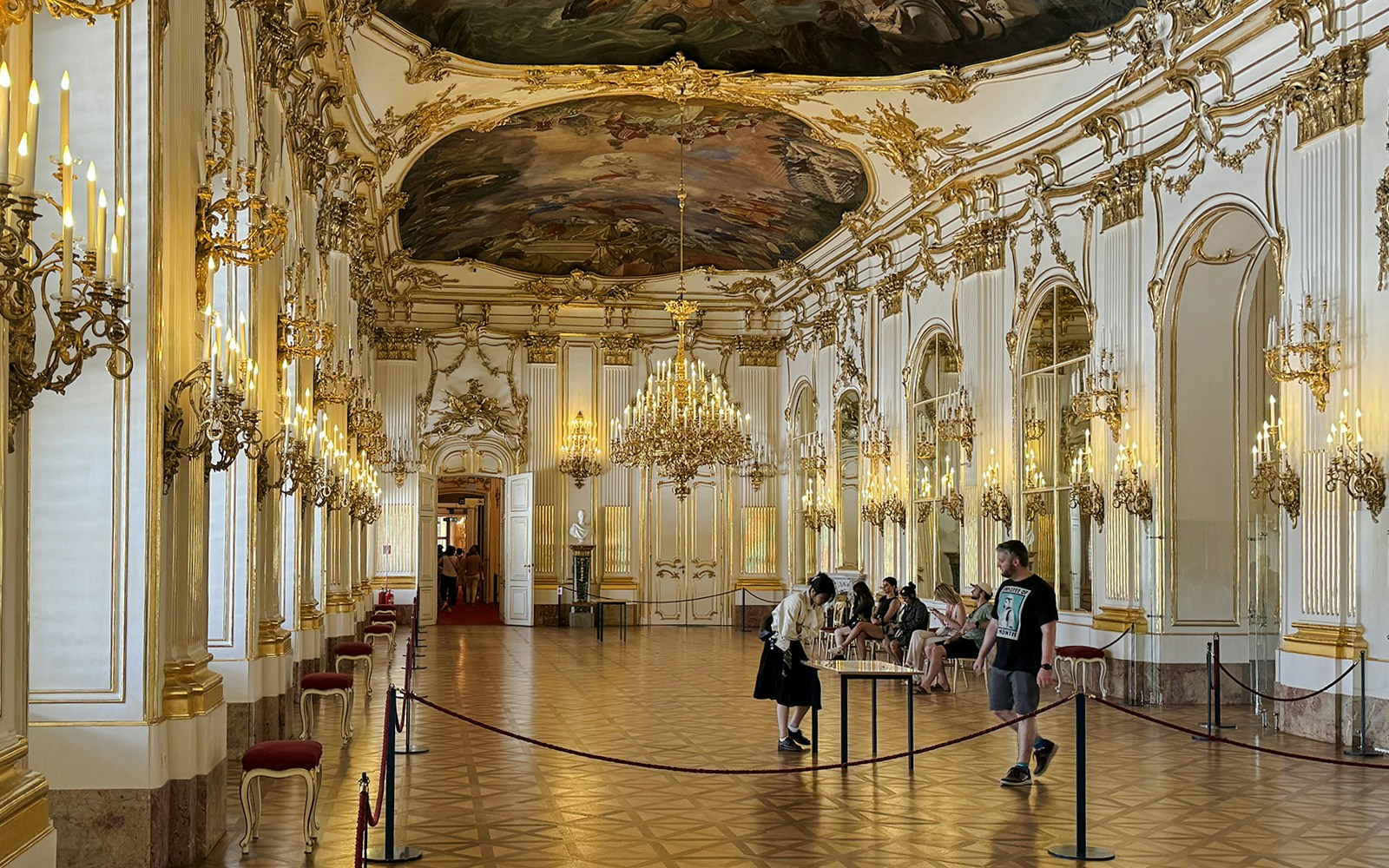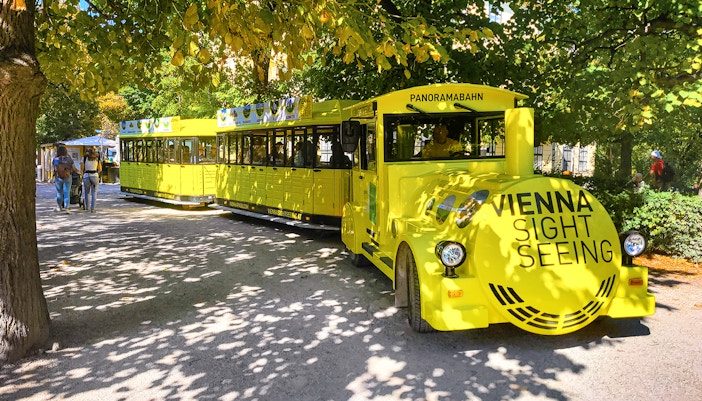Un polo culturale nel cuore di Vienna
Come residenza estiva degli imperatori asburgici, Schönbrunn ha ospitato secoli di riunioni politiche, spettacoli artistici e incontri sociali, riflettendo la grandezza e le ambizioni di una delle dinastie più influenti d'Europa.
giovane Mozart una volta si esibì qui per l'imperatrice Maria Teresa, mentre i valzer di Johann Strausshanno riecheggiato nelle sue sale dorate per generazioni, cementando il suo posto nella ricca tradizione musicale di Vienna. I suoi interni mostrano il massimo dell'eleganza rococò e dell'arte barocca **** , con soffitti affrescati, stucchi decorati e camere di Stato dorate che offrono uno sguardo ai gusti e alla raffinatezza imperiale.
Al di là delle sue mura, i giardini meticolosamente progettati, le fontane e la Gloriette incarnano l'ideale barocco europeo di armonia tra architettura e natura, influenzando il design dei giardini in tutto il continente. L'eredità di Schönbrunn continua oggi come patrimonio mondiale dell'UNESCO **** , attirando milioni di visitatori che desiderano vivere uno spaccato di Vienna, una città plasmata dalla musica, dall'arte e dalla diplomazia.
Curiosità sul Castello di Schonbrunn >


















